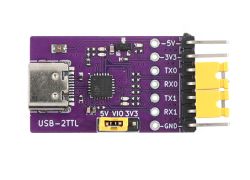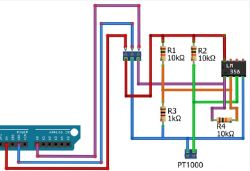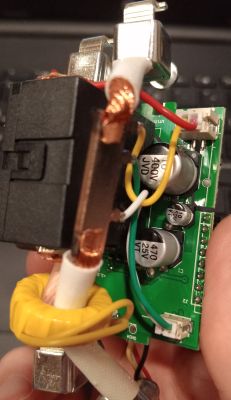Howdy,
I am sitting on a new device: Carbon Monoxide (CO) detector. Details once there's something to present, for now I'm stuck on the communication between the MCU and the TuyaMCU.
A dedicated BA45F6746 from Holtek is used as the MCU for detection, with display support. A CBU is being used as the TuyaMCU. Datasheet attached.
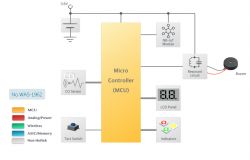 .
.
MCU handles display, sensor, status and failure LEDs, test button, alarm buzzer.
The TuyaMCU handles the battery status, WiFi LED, reset button + one more, as yet unidentified signal (I'm betting on a CO detection alarm).
The rest of the communication is over the UART:
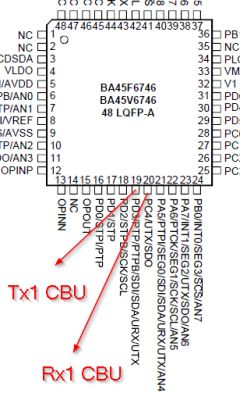 .
.
The problem is that between the circuits, the communication goes through messages that are unknown to me.
Below are examples of these. After switching on the device, 3 packets each go on Rx and Tx and silence. I am very much asking for help in possibly understanding them:
.
I am sitting on a new device: Carbon Monoxide (CO) detector. Details once there's something to present, for now I'm stuck on the communication between the MCU and the TuyaMCU.
A dedicated BA45F6746 from Holtek is used as the MCU for detection, with display support. A CBU is being used as the TuyaMCU. Datasheet attached.
 .
.
MCU handles display, sensor, status and failure LEDs, test button, alarm buzzer.
The TuyaMCU handles the battery status, WiFi LED, reset button + one more, as yet unidentified signal (I'm betting on a CO detection alarm).
The rest of the communication is over the UART:
 .
.
The problem is that between the circuits, the communication goes through messages that are unknown to me.
Below are examples of these. After switching on the device, 3 packets each go on Rx and Tx and silence. I am very much asking for help in possibly understanding them:
Rx
07
55 07 03 01 00 00 60
55 07 03 01 00 00 60
55 07 03 01 00 00 60 07 00 00 00
Tx
AA 13 00 18 00 0A 01 36 00 00 02 8B 00 00 00 01 01
55 FA AA 13 00 18 00 0A 01 36 00 00 02 35 00 00 00 01 01
55 A4 AA 13 00 18 00 0A 01 36 00 00 01 E4 00 00 00 01 01
55 52



